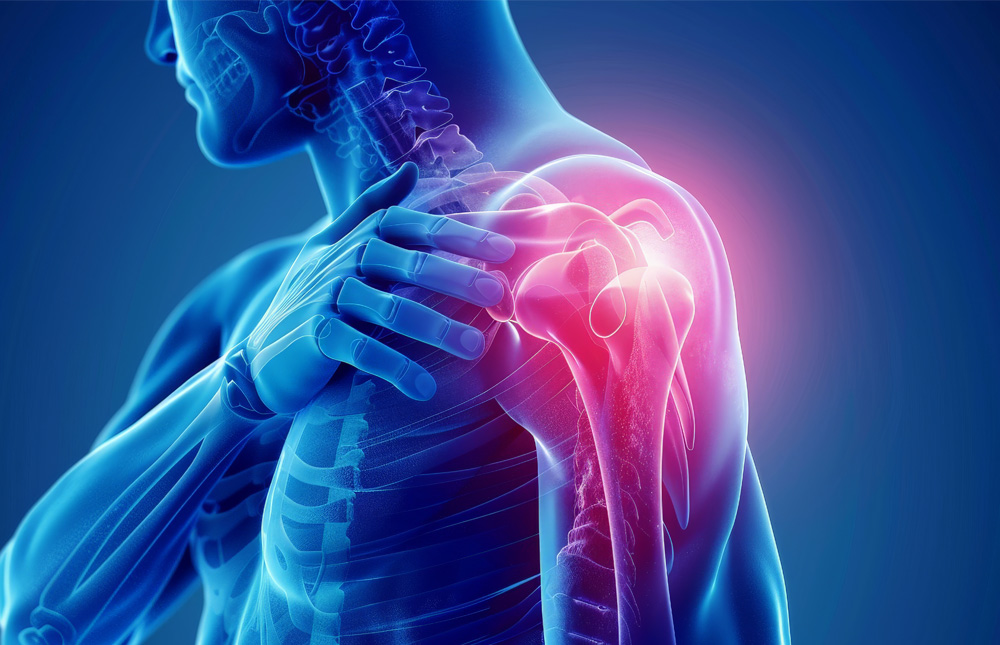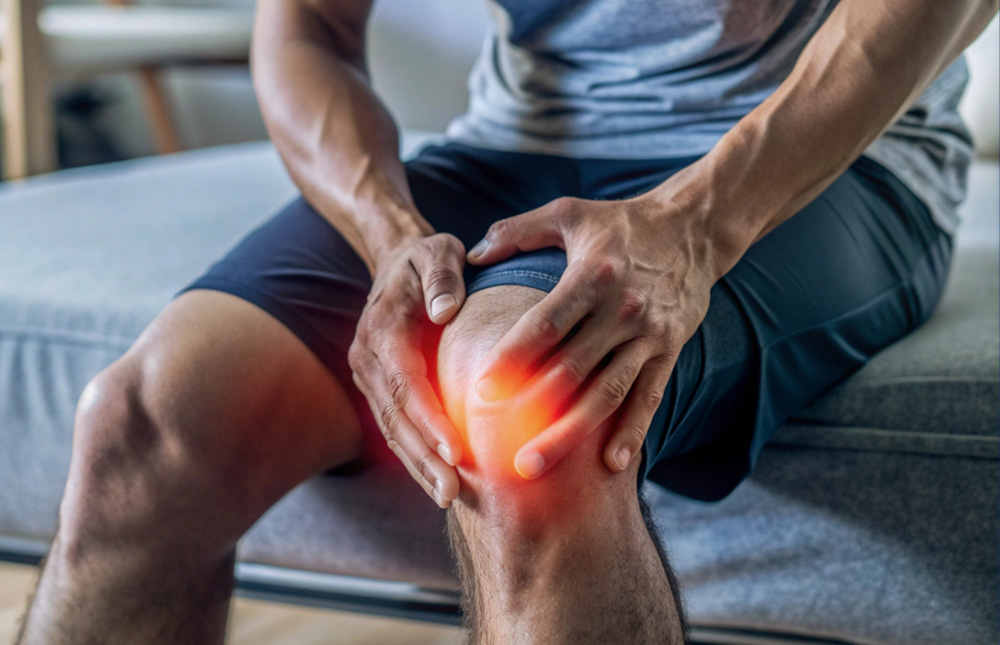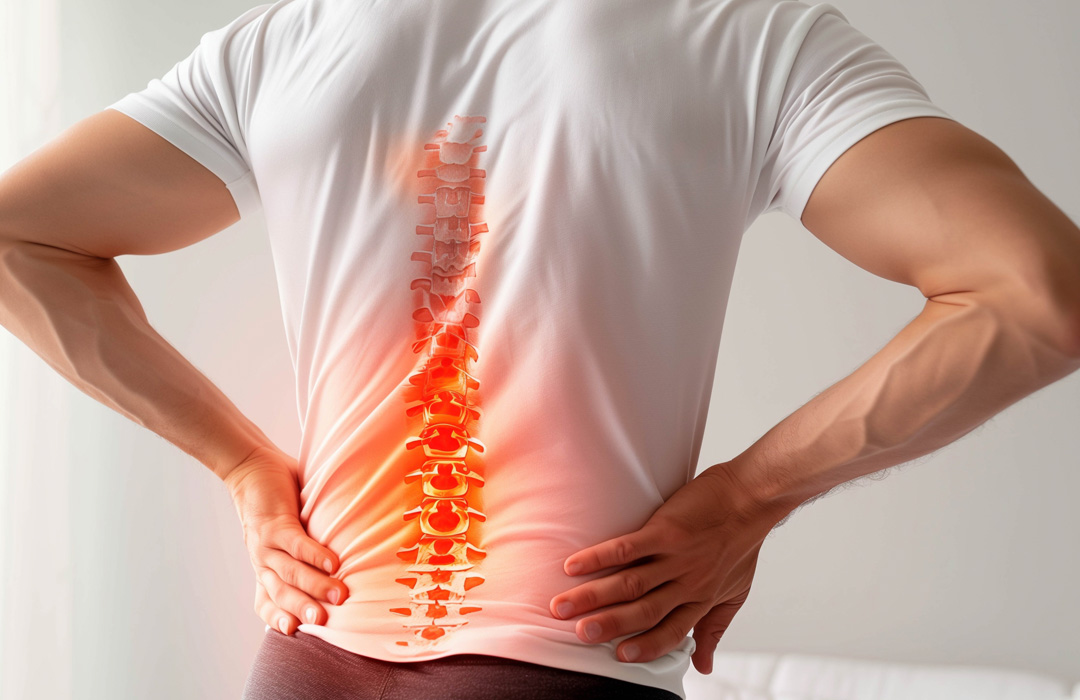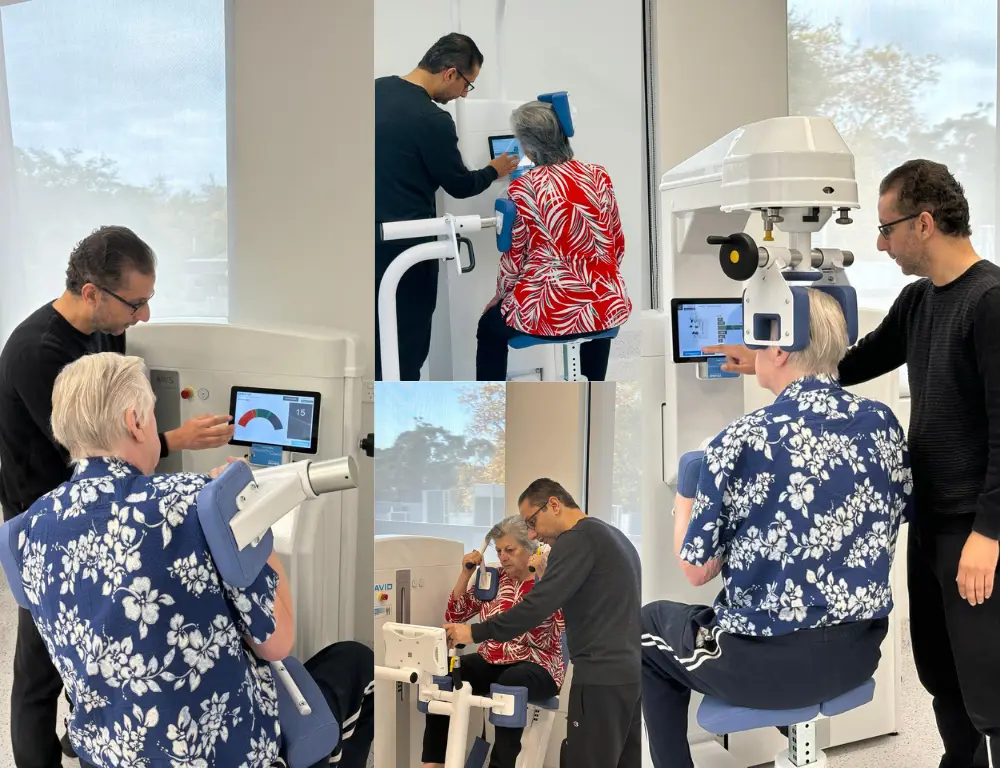Targeted Spinal Strengthening for Back and Neck Pain

Rotator Cuff Injury
A rotator cuff injury refers to damage to one or more of the four muscles and their tendons that make up the rotator cuff in the shoulder. These muscles and tendons are crucial in stabilizing and moving the shoulder joint.
The Rotator Cuff Muscles and Tendons:
Supraspinatus: Helps lift the arm and stabilize the shoulder.
Infraspinatus: Allows for external rotation of the arm.
Teres Minor: Assists in external rotation and stabilization.
Subscapularis: Facilitates internal rotation of the arm and stabilizes the shoulder joint.
Types of Rotator Cuff Injuries:
Tendinitis: Inflammation of the tendons, often caused by overuse or repetitive stress.
Tendinosis: Degeneration of the tendons without inflammation, typically due to chronic overuse.
Tear: A partial or full-thickness tear of one or more of the rotator cuff tendons, resulting from acute injury or gradual wear and tear.
Symptoms of Rotator Cuff Injury:
Pain: Especially when lifting the arm or during overhead activities.
Weakness: Difficulty lifting or rotating the arm.
Stiffness: Reduced range of motion.
Clicking or Popping: Sensation or sound during shoulder movement.
Physiotherapy Program includes:
1- Exercise Therapy:
Range of Motion Exercises: To maintain and improve flexibility.
Strengthening Exercises: Focus on the rotator cuff muscles and scapular stabilizers. Common exercises include external rotations, internal rotations, and shoulder presses.
Stretching Exercises: To alleviate tightness and improve shoulder mobility.
2- Manual Therapy:
Techniques such as joint mobilizations or soft tissue massage to improve joint function and reduce muscle tension.
3- Education and Activity Modification:
Guidance on proper body mechanics and modification of activities to avoid exacerbating the injury.
4- Functional Training:
Gradual return to functional activities and sports, with specific drills tailored to the individual’s needs and goals.

Understanding and Treating Knee pain
DO YOU KNOW WHAT’S CAUSING YOUR KNEE PAIN?
There are a multitude of factors that can contribute to knee pain.
Whether it’s injury, overuse, or arthritis, you’re not alone. In fact, some of the most common causes of knee pain include ligament sprains, meniscus pain, tendon pain, bursitis, and osteoarthritis. But here’s the deal: you need to understand the root cause of your pain if you want to effectively treat it. And that’s where we come in. We’ll work with you to identify the cause of your knee pain and develop a treatment plan that addresses the problems head-on.
SYMPTOMS AND DIAGNOSIS:
The symptoms of knee pain can vary depending on the underlying cause. However, common signs include pain, swelling, stiffness, and limited range of motion. To diagnose the cause of your knee pain, we will perform a thorough physical examination.
TREATMENT OPTIONS
The treatment you need depends on the underlying cause and severity of your symptoms. Sometimes, relative rest may do the trick before gradually returning to your chosen sport or activity. Sometimes, we need to provide a rehabilitation plan based on strength deficits, range of motion, control, or running technique. Physiotherapy is often a key component of knee pain treatment and can be a game-changer for those looking for non-invasive options. We might use manual therapy techniques to reduce pain and swelling, prescribe exercises to strengthen your knee and educate you on lifestyle modifications to prevent further injury.
THE BENEFITS OF SEEING A PHYSIOTHERAPIST FOR KNEE PAIN
Seeing a physiotherapist can also educate you on injury prevention and lifestyle modifications to help you maintain a healthy and active lifestyle. With the right guidance and support, you can take control of your knee pain and get back to doing the things you love.

Understanding and Treating Back Pain
Back pain is a common issue that affects people of all ages. It can be caused by a variety of factors, ranging from muscle strain to underlying medical conditions.
Understanding the nature of back pain is crucial for effective treatment.
Types of Back Pain
Acute Back Pain: Sudden onset, usually lasts a few days to weeks. Often caused by injury or strain.
Chronic Back Pain: Lasts for more than three months. It can be constant or intermittent and may be related to degenerative conditions or long-term strain.
Causes of Back Pain
Muscle or Ligament Strain: Overuse, heavy lifting, or sudden awkward movements can strain back muscles or ligaments.
Herniated or Bulging Discs: Discs act as cushions between the bones (vertebrae) in your spine. A bulging or ruptured disc can press on nerves, causing pain.
Arthritis: Osteoarthritis can affect the lower back. In some cases, arthritis in the spine can lead to a narrowing of the space around the spinal cord, a condition called spinal stenosis.
Skeletal Irregularities: Conditions like scoliosis (a curvature of the spine) can lead to back pain.
Osteoporosis: Bones, including the vertebrae of the spine, can become porous and brittle, leading to fractures and pain.
Other Causes: Infections, tumors, or conditions like fibromyalgia can also cause back pain.
Symptoms
Muscle Ache: Dull, aching pain in the lower back.
Shooting or Stabbing Pain: Pain that radiates down the leg (sciatica).
Limited Flexibility: Difficulty standing up straight, bending, or walking.
Pain Worsening with Movement: Pain that intensifies with activity or specific movements.
HOW A PHYSIOTHERAPIST CAN HELP YOU ALLEVIATE BACK PAIN
Physiotherapists have a wide range of techniques and exercises that can be used to manage back pain.
1- Techniques like joint mobilization, and soft tissue release to reduce pain and restore function. Furthermore,
2- Exercises like muscle stretching, core exercise, neurodynamic, balance, and proprioception exercises to help you recover from the injury.


